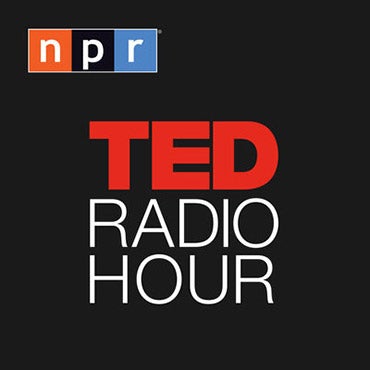Most HIV-positive moms in Philadelphia forgo treatment after pregnancy
Listen Photo via ShutterStock) " title="shutterstock_221653102" width="1" height="1"/>
Photo via ShutterStock) " title="shutterstock_221653102" width="1" height="1"/>
(Photo via ShutterStock)
Doctors and hospitals have gotten very good at preventing transmission of HIV from mothers to babies during birth — just 2 percent of infants end up infected with the virus. But surveillance data reveals that once HIV-infected mothers in Philadelphia leave the maternity ward, many fail to continue treating their illness.
“Unfortunately, we did see that a lot of women did fall out of care,” said Joella Adams, the lead author of the new study and, until recently, a member of the AIDS Activities Coordinating Office with the Philadelphia Department of Public Health. “It wasn’t two years later or a year later. It was almost nearly immediately after birth.”
Just 38 percent of women sought care for their illness within three months of giving birth. That’s a problem, Adams said, because women who didn’t get care then generally failed to get care one and two years later, and also had higher viral loads.
Previous research has found those conditions can be detrimental not only to the mother, but also to the baby. “If a woman is not in HIV care and has a high viral load, the infant is more likely to become sick as well, even if the infant is not HIV-infected,” said Adams.
On the positive side, Adams noted, the women who did get care after delivery were 11 times more like to still be receiving care within a year, and twice as likely to be virally suppressed.
The findings were published this month in the journal Clinical Infectious Diseases.
Florence Momplaisir, an infectious disease specialist at Drexel University and a senior author of the work, said the results suggest it’s important to intervene early.
“The pregnancy and the immediate postpartum period is a critical time in the lives of those women,” she said. “It’s an opportunity for health care providers to really ensure sustained engagement.”
One hindrance for women, she said, is that the health care system is so fragmented. Integrating care for moms and their kids, she suggested, might improve treatment rates.
WHYY is your source for fact-based, in-depth journalism and information. As a nonprofit organization, we rely on financial support from readers like you. Please give today.

